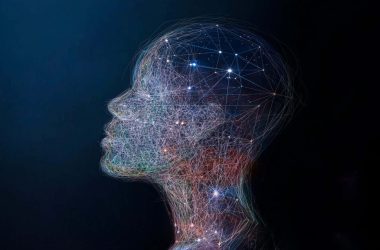Oxygen-28 has 8 protons and 20 neutrons
Carlos Clarivan/Science Photo Library
The heaviest known form of oxygen has been found to rapidly decay, suggesting a potential challenge to our understanding of the fundamental forces of nature.
A team of researchers led by Yosuke Kondo at the Tokyo Institute of Technology in Japan created oxygen-28, an isotope of oxygen with eight protons and 20 neutrons. They produced this form of oxygen by colliding an energetic beam of fluorine atoms with liquid hydrogen. Each fluorine atom lost a proton upon collision, resulting in the creation of oxygen-28. However, the team discovered that oxygen-28 only existed for an incredibly short duration of about a zeptosecond, before decaying into a lighter form of oxygen, oxygen-24, and four neutrons.
This unexpected result raises significant questions about the nuclear strong force, which is responsible for binding protons and neutrons together within atomic nuclei. While our understanding of this force is still incomplete, the stability and behavior of particles in large numbers is still not fully understood.
The researchers initially expected oxygen-28 to be highly stable due to its “doubly magic” nature. In atomic nuclei, protons and neutrons are arranged in shells, each capable of accommodating a specific number of particles. When all occupied shells are completely filled, the nucleus becomes extremely stable. If both protons and neutrons fully fill an atom’s shells, it is referred to as doubly magic. Oxygen, which supports life on Earth, has this property, allowing it to be abundant. However, the rapid decay of oxygen-28 challenges the notion of it being doubly magic.
This discovery calls for the revision of theoretical models and further experiments to gain a better understanding of the behavior of the particles within oxygen-28, especially when they do not occupy fully stabilized shells.












